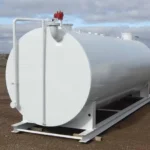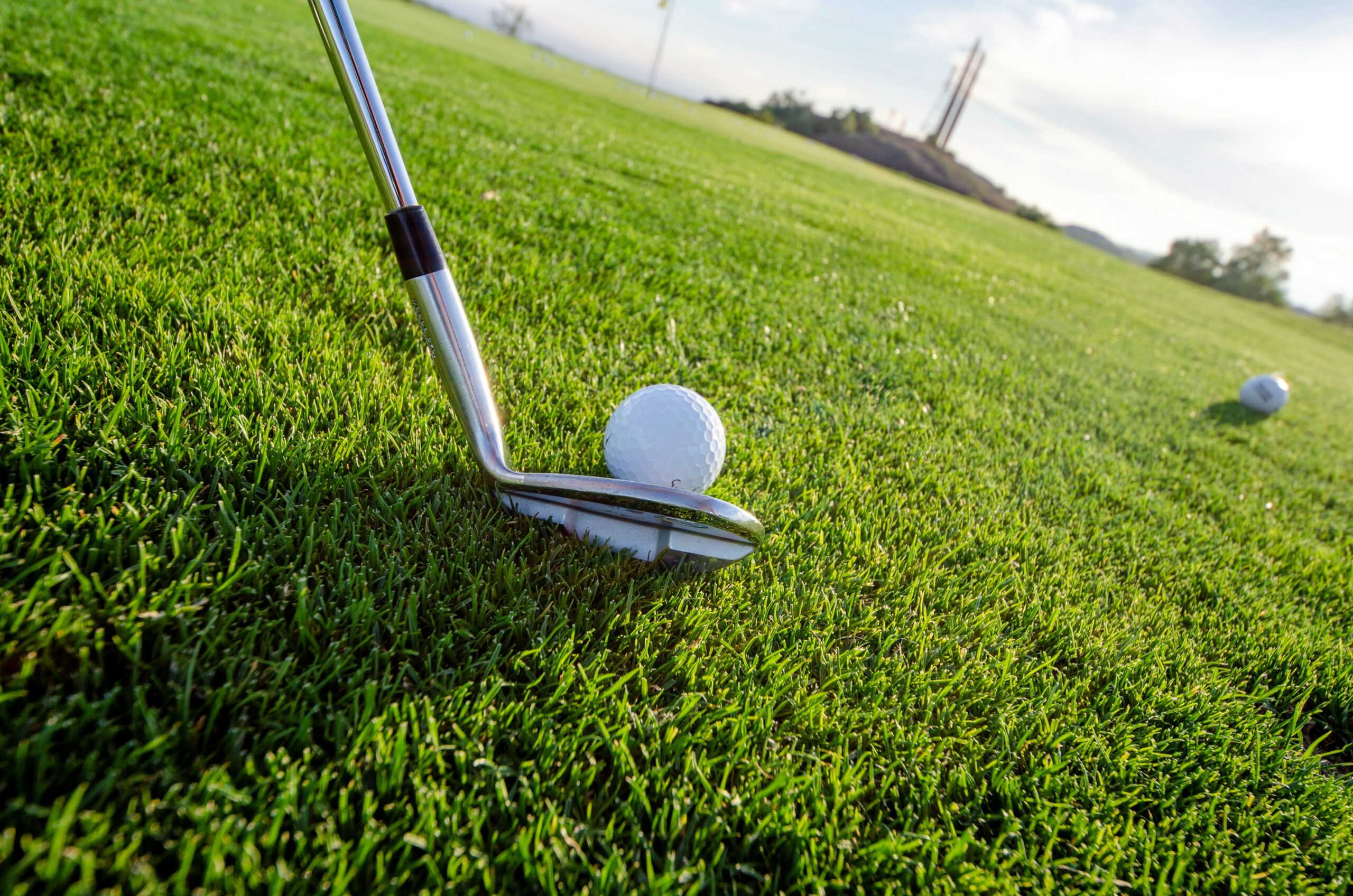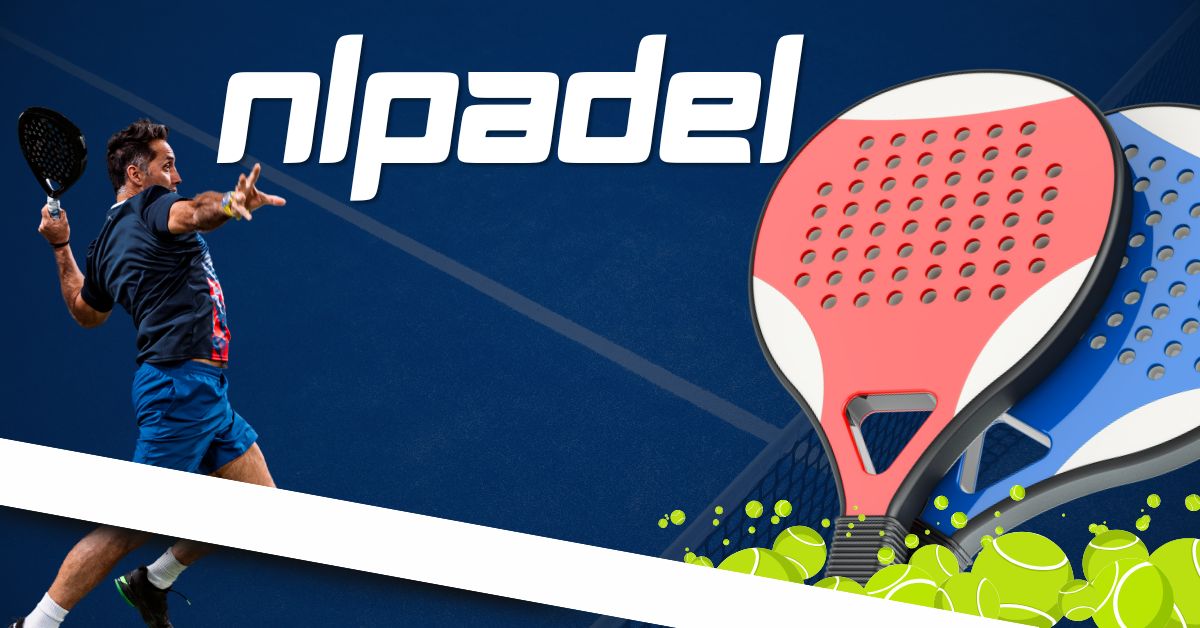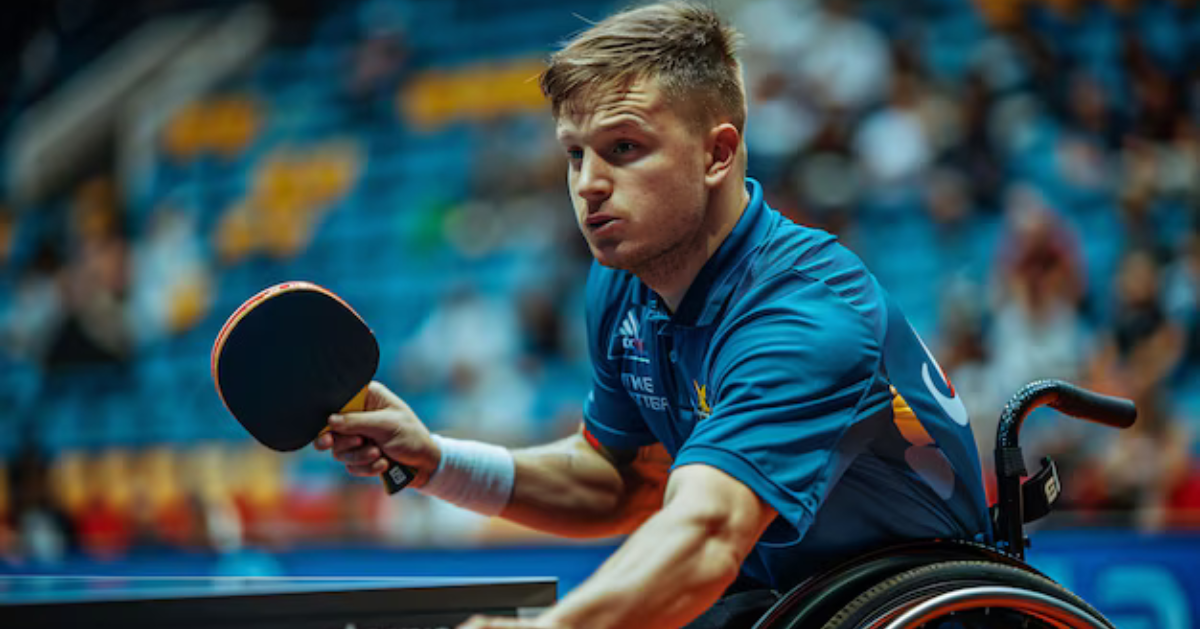Ever thrown a disc and wondered why it didn’t fly as expected? In the dynamic world of disc golf, it’s not just about the technique, but also the tools. Yes, we’re talking about the discs themselves. They’re not all created equal, and understanding the differences can be a game-changer.
Disc golf discs come in various types, each with its unique characteristics and purpose. They can dramatically impact your game, from the distance you can achieve to the accuracy of your throws. But what exactly sets these disc types apart?
Join us as we dive into the intriguing world of disc golf and unravel the mysteries of disc types. We’ll explore their unique traits, how they influence your game, and why choosing the right disc could be your ticket to disc golf glory. Make sure to check out Prodigy disc golf discs for top-notch options that can elevate your performance.
Understanding Disc Golf
Let’s delve deeper into the game of disc golf, its unique elements, and the evolution of discs used in this sport.
What Is Disc Golf?
Disc golf, akin to traditional golf, revolves around aiming to reach a target in the fewest possible attempts. Instead of a ball and clubs, players use a flying disc. The game begins at a tee area from where a player throws the disc towards a target, often a specially designed basket. After the opening throw, the player proceeds from the disc’s landing spot and continues the play. Navigating through a course filled with obstacles like trees, hills, and bodies of water, the main aim remains to reach each target in the fewest throws, demonstrating an interesting fusion of precision, strategy, and skill.
Evolution of Disc Golf Discs
The journey of disc golf discs’ transition has been remarkable. Back in the 1960s, players used objects like tin lids or ‘Frisbees’ – a generic term for any disc-shaped object. With the formal establishment of disc golf as a sport in the 1970s, the production of discs made explicitly for disc golf began, resulting in the diversity of disc types we see today. Modern disc golf discs range from drivers, meant for maximum distance, to putters for accurate short throws. Each disc type presents different attributes in terms of speed, glide, turn, and fade, designed for different situations on the course. Hence, understanding these disc types becomes a crucial aspect of mastering this intriguing and competitive sport.
Key Differences Between Disc Types
A thorough grasp of the major categories of disc golf discs sets the stage for a player to enhance performance. Knowing the unique characteristics of each disc type equates to making strategic choices that yield better scores.
Distance Drivers
Assocciated with long distance throws, Distance Drivers prove most efficient in this regard. High speed ratings (ranging from 8 to 14) – a clear indication of the capacity for longer throws – characterize these discs. Mostly, professionals favor Distance drivers for their throws, owing to their specific design that mandates a powerful throw to achieve the desired direction and speed. For instance, the Innova Destroyer, known for its great wind-resistance and predictable glide, is a popular Distance Driver.
Fairway Drivers
Fairway Drivers, represented by speed ratings between 6 and 8, bridge the gap between Distance Drivers and Midrange Discs. A player capable of combining the accuracy of the Midrange discs and distance of the Distance Drivers can consider Fairway Drivers a must-have. They are perfect for controlled, accurate lines and moderately long shots. Innova Leopard, a popular Fairway Driver, offers excellent glide and consistency.
Midrange Discs
When accuracy takes precedence over distance, Midrange Discs become the choice. With speed ratings between 4 and 6, these discs are ideal for controlled, relatively shorter throws. Players often revert to Midrange Discs for approach shots thanks to their reliable stability and moderate speeds. Discraft Buzzz, as an oft-chosen Midrange Disc, provides a smooth flight and consistent finish.
Putters
As implied by their name, Putters are recommended for, but not limited to, the final short throw or the ‘putting’ stroke. They bear the lowest speed ratings (below 4), ensuring maximum control and accuracy, typically over shorter distances. Used even for approach shots, Putters exhibit less overall fade, enabling predictable and steady paths. The highly-favored Innova Aviar, an example of a Putter, guarantees stable, reliable flights barely influenced by wind conditions.
How Disc Types Affect Gameplay
In disc golf, the type of disc you choose significantly impacts gameplay. Let’s further explore these dynamics by delving into the impact on distance and stability, and how disc choices should be tailored to player skills.
Impact on Distance and Stability
For players aiming for superior throw distance, usually, Distance Drivers are the go-to. They’re designed with a sharp edge, typically providing the longest flight distance. Yet, it’s essential to note that the increased distance often compromises the disc’s stability. The streamlined design causes these discs to cut through the air faster, making them more susceptible to wind. Hence, making accurate throws with Distance Drivers can pose a challenge, especially for beginners. An example, Innova’s Destroyer, rates high on speed but requires mastering to stabilize.
On the contrary, Midrange Discs and Putters prioritize stability over distance. With a more rounded edge and slower speeds, these discs provide enhanced control. For instance, Discraft’s Buzzz, a popular midrange disc, is renowned for its stable flight, despite the relatively shorter throw distance.
Tailoring Disc Choices to Player Skills
Selecting the right disc type also depends on a player’s skill level. Beginners might find Distance Drivers challenging to control due to their quick speed and low stability. For novices, Midrange Discs or Fairway Drivers, like Latitude 64’s Diamond, can offer a balanced blend of distance and control.
As players advance, they can gradually incorporate more Distance Drivers into their game, enhancing their long throw capability. Commonly recommended for experienced players is Discraft’s Force, a high-speed, maximum distance driver known for its distance capabilities, though it requires significant skill to control.
So, the crux of the matter is not merely about disc type, but it’s also about players understanding their skill level and tailoring their disc selection accordingly for maximum performance in disc golf.
Choosing the Right Disc for Your Game
Selecting suitable discs profoundly influences a player’s disc golf performance. Let’s delve into key factors to consider and some best practices in this process.
Factors to Consider
While choosing the disc, three primary aspects anchor the decision – the disc’s design and purpose, the player’s skill level, and the layout of the course to be played.
- Disc Design and Purpose: Disc golf comprises a diversity of equipment. Distance Drivers, Fairway Drivers, Midrange Discs, and Putters cater to different functions. For instance, Distance Drivers offer extensive reach yet sacrifice stability; Midrange Discs and Putters afford control. It becomes crucial to comprehend the design and role of various disc types.
- Player Skill Level: One’s ability in disc golf plays a pivotal role in the selection process. New players may benefit more from Midrange Discs or Fairway Drivers, while experienced players might maximize their performance using Distance Drivers. It’s vital to gauge your swoop and select a disc that complements it.
- Course Layout: The design and challenge presented by different disc golf courses also influence the disc choice. For example, narrow courses with many obstacles necessitate discs with high stability.
- Start Simple: Starting with a basic set of discs — a driver, a midrange, and a putter — can prove beneficial. It streamlines understanding of the game mechanics and disc behavior before incorporating more complex equipment.
- Assess and Adapt: Maintain a regular assessment of your game and adapt your disc selection accordingly. If you find your distance drives trailing off course, perhaps it’s time to switch to a more stable disc type.
- Avoid Overstocking: Holding a multitude of discs may seem advantageous but can lead to indecision and confusion. Stick to a limited set to understand each disc’s individual characteristics and uses better.
Adhering to these factors and practices optimizes disc selection, enhancing the gameplay in disc golf. Grasping this understanding and implementing it in the game is a surefire way to see marked improvements in gameplay.
We’ve journeyed through the intricate world of disc golf, exploring how different disc types can shape our game. It’s clear that the right disc selection, influenced by design, skill level, and course layout, is crucial for optimal performance. Remember, it’s not about having the most discs but the right ones. Tailoring our disc choices to our skills and regularly reassessing our selection can significantly enhance our gameplay. So, let’s not overcomplicate things. Let’s start with a basic set and adapt as we grow. By doing so, we’re not just playing disc golf; we’re mastering it. So go ahead, take that disc and let it fly. You’re in control.












